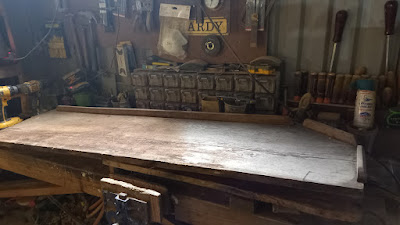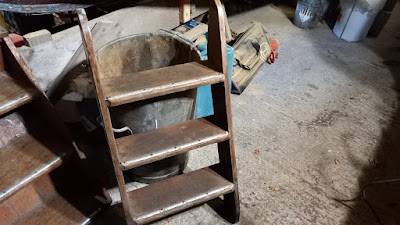john_morris_uk
Well-Known Member
Or get a bit of plywood and make a pattern. Clamp it up against the window cutout and draw round from the inside to get the shape and a few minutes with dividers to scribe the width then a jigsaw and router and sanding block and you’d have a pattern. A job I’d enjoy.I think these days to make up new portlights you get a teenager to model them in cad, add the casting allowance, 3d print the pattern and take it to a foundary.
Quicker and cheaper than the 3D printer…


 P1040194a
P1040194a











